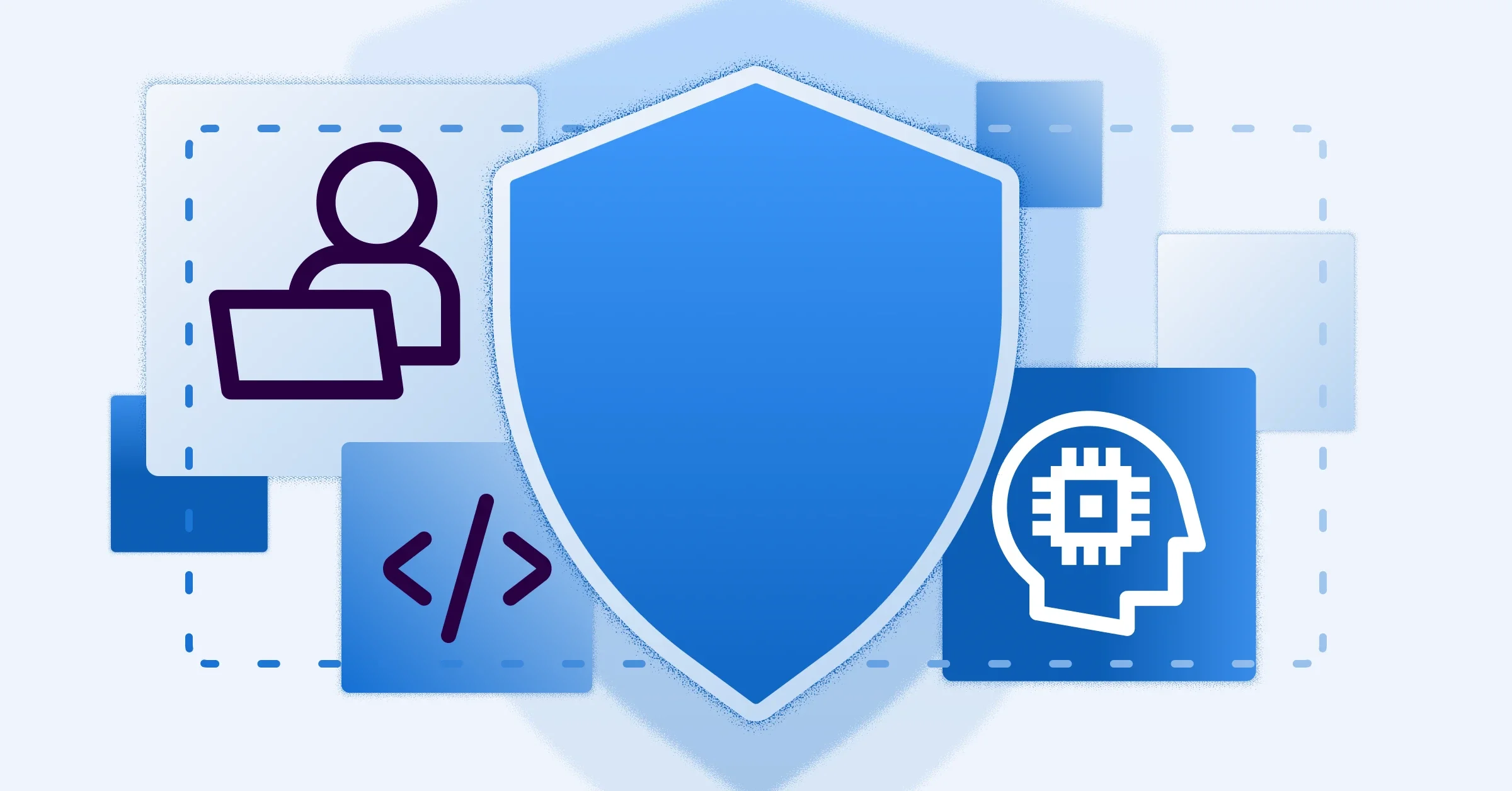Start your free trial
Verify all code. Find and fix issues faster with SonarQube.
Get startedTrusted by over 7M developers worldwide
October is Cybersecurity Awareness Month, a time when every organization is reminded that security is everyone’s responsibility. It's a time to reflect on how organizations approach security not as a campaign or compliance task, but as a mindset. Awareness is important, but awareness without execution doesn’t create resilience. What truly matters is the ability to turn security into a continuous, everyday practice.
It’s also the baseball postseason. As the best teams take the field, one truth becomes clear: proactive defense wins championships. In both software development and sports, success hinges on fundamentals, consistency, and teamwork. The teams that win are the ones who make the fewest errors, collaborate seamlessly, and execute the basics perfectly. The same is true for software security.
Championship teams don’t wait for a crisis to tighten their defense, and neither should your software and applications. The smartest organizations build code quality and security into every line of code from the start, ensuring they are always ready for the next challenge. This means relentless focus on code quality, which is the foundation for code security. Code security isn’t just a final scan before deployment or a check box for security and development teams, it's part of every commit, every pull request, and every build.
Instead of “hope nothing breaks,” it becomes “we’ve already fixed it.”
Start left: Secure all code
Too often, security happens at the end of the development cycle as a final scan or checklist before release. But in today’s fast-paced threat landscape, that’s far too late. Modern teams “start left.” Start left is the strategic shift to detecting and remediating security vulnerabilities and security issues continuously, as developers write code, rather than waiting for late-stage testing or security reviews.
SonarQube makes this shift achievable by integrating code quality and security checks directly into developers’ IDEs and CI/CD pipelines. Developers receive instant, contextual feedback that helps them fix vulnerabilities as they code. Just as winning teams defend every position, software teams must secure every line of code. Today’s applications are built from multiple sources each introducing unique risks. Cursor writes almost a billion lines of accepted code a day. This means that organizations have to secure not only their developer written-code but also any AI-generated code. In order to secure the entire code ecosystem, the defensive strategy must cover all fronts. SonarQube Advanced Security provides consistent coverage across three critical code categories:
- Developer-written code: Pinpointing logic flaws and security hot-spots in the first-party code written by your team.
- AI-generated code: Automatically verifying the quality and security of code blocks suggested by AI assistants, ensuring they don't introduce new risks.
- Third-party and open source code: Proactively identifying security vulnerabilities in your dependencies, giving you full visibility into your code’s supply chain risk.
This comprehensive approach means your SonarQube quality gates are applied universally, ensuring the whole team is operating under a single, trusted standard. Improving code quality and security as you write isn't just about fixing errors; it’s about building a mindset of anticipation. You're not reacting to threats; you're positioning your team to make the play before the ball is even hit.
Reducing errors: The hidden cost of small mistakes
In baseball, a single misstep can shift the outcome of the game (a fumble that leads to a stolen base, a wild pitch that leads to a walk, etc.). Similarly, in software one missed vulnerability can lead to a costly breach or downtime. The later a flaw is discovered, the more expensive it is to fix. Integrating security early in the development process, reduces risk and eliminates rework—saving time, resources, and reputation. Fixing issues late in the development lifecycle can lead to security costs that are 3-14 times higher.
SonarQube for IDE, a free extension, ensures you fix issues in the IDE, where it's easiest and cheapest to execute. You can connect SonarQube IDE to your SonarQube (Server or Cloud). This enables organizations to define and share quality standards with the developers, while they are working in their IDEs. SonarQube helps teams move from reactive to preventive, empowering developers to build secure, maintainable code habits that protect both their systems and their organization’s trust.
For example, SonarQube (Server and Cloud) uses taint analysis to track user-controllable data through your entire application. By identifying the source of tainted data and its risky destination, SonarQube (Server and Cloud) pinpoints deep-seated security flaws like complex injection vulnerabilities, giving developers the precise path to remediation directly in the IDE. It can detect a wide range of security issues, such as SQL injection, cross-site scripting (XSS), buffer overflow, security misconfiguration, secret leaks, and more using more than 6,500+ rules, and leverage AI CodeFix for automated remediation.
That's how SonarQube helps in catching these "unforced errors" early, before they can affect customers, revenue, or trust. By building maintainable code habits, developers protect their teams from unnecessary rework and their organizations from unnecessary risk.
Metrics that matter: Visibility and trust
Winning teams track their performance and they know what’s working and where to improve. Software teams need the same clarity. SonarQube allows teams to measure not just how much code they ship, but how high quality and secure that code really is.
With SonarQube, engineering leaders and security teams gain unified visibility across their entire codebase through quality gates and compliance reports aligned with OWASP Top 10 and internal policies. Developers get actionable insights directly in their workflow, while leaders get data-driven confidence that their teams are shipping secure, reliable code. This visibility turns security from a guessing game into a measurable, collaborative process built on trust.
Security is a team sport
Developers, DevOps engineers, and security teams all play distinct roles, but they unite around a common mandate: supercharge development velocity by establishing security and quality governance. SonarQube provides the right platform where:
- Developers get actionable guidance directly in their IDEs.
- Security teams get visibility into issues and compliance risk.
- Engineering leads get measurable confidence that the codebase meets both quality and security standards.
Cybersecurity Awareness Month is a timely reminder to stay vigilant but awareness alone doesn’t prevent incidents. The real win comes from consistent execution, collaboration, and discipline. So this October:
- Tighten your fundamentals. Review your quality gates and security rules.
- Start left. Integrate continuous code security early in your workflow.
- Play as a team. Make security part of every developer’s mindset.
Winning organizations don’t rely on luck. They rely on preparation, communication, and constant improvement. When security becomes second nature, your team isn’t just defending, you’re building the confidence to move faster, innovate safely, and play to win.

